Description
Fujifilm X-T30: A Great Camera for Both Professionals and Hobbyists
Fujifilm X-T30 was announced in February 2019 and immediately became one of the most awaited cameras of the year. The camera is a part of Fujifilm’s X Series, which is renowned for producing high-quality cameras with classic film-inspired designs. The X-T30 is a mirrorless camera that does not compromise on image quality, features, or performance. If you are interested in photography, read on to learn more about this amazing camera.
Design
The X-T30 has a sleek, compact design that is perfect for travel or street photography. It has a metal body with a textured exterior that feels good in your hands. The camera has physical dials that are easy to use, including a top-plate shutter speed dial, exposure compensation dial, and a function dial. The X-T30 has a 2.36m-dot electronic viewfinder, which provides a clear, high-resolution view of your subject.
Features
The X-T30 has a 26.1-megapixel APS-C X-Trans CMOS 4 sensor, which delivers exceptional image quality even in low light conditions. The camera also has a fast and accurate autofocus system, which can track your subject with ease. The X-T30 has both a face detection system and an eye detection system, which can detect and focus on your subject’s eyes. This feature is particularly useful for portrait photography.
The X-T30 can also shoot 4K/30p video, which delivers stunning footage with impressive detail. The camera uses Fujifilm’s Film Simulation modes, which provide various film-like effects to your images and videos. The X-T30 also has a High Speed Video mode, which can capture 120fps slow-motion footage at 1080p.
Performance
The X-T30 has a fast start-up time of 0.4 seconds, and its autofocus system can lock onto your subject in as little as 0.02 seconds. The camera has a continuous shooting speed of 8fps with the mechanical shutter and 30fps with the electronic shutter. The X-T30 has a battery life of approximately 390 shots per charge, which is decent for a mirrorless camera of this size.
Conclusion
The Fujifilm X-T30 is an excellent camera for both professionals and hobbyists. It has a compact and stylish design, exceptional image quality, and a range of features that make it a versatile camera for various types of photography. The X-T30 is more affordable than some other high-end mirrorless cameras but still offers advanced and reliable performance. Whether you are a beginner or an advanced photographer, the X-T30 is a great camera to consider for your next purchase.
Mirrorless Interchangeable Lens Cameras, CMOS, APS-C, 30-1/4000, 26.1 MP, Bluetooth, Wi-Fi, 333g
Fujifilm X-T30 properties
| Product name | X-T30 |
| Type | Mirrorless Interchangeable Lens Cameras |
| Lens | Body only |
| Ports | HDMI, USB |
| Memory Cards | SD, SDHC, SDXC |
| Features | Bluetooth, Wi-Fi |
| Viewfinder | Electronic (EVF), LCD/OLED |
| Shutter Speed | 30-1/4000 bps |
| Continuous Drive | 30, 20, 10, 8, 5, 4, 3 fps |
| Auto Focus | Yes |
| AF points | 425 |
| Image Stabilization | Yes |
| Manual Focus | Yes |
| Max Picture Resolution | 6240×4160 pixels |
| Image File Format | EXIF, JPEG, RAW |
| Flash | Built-in |
| Flash Sync Speed | 1/180 sec |
| Battery Type | Rechargeable Lithium-Ion |
| Display Size | 3.0 “ |
| Display Resolution | 1040000 pixels |
| Max Video Resolution | 4096×2160 |
| Video resolutions (fps) | 120 fps |
| Video File Format | MOV, MPEG4 |
| Audio File Format | PCM |
| Sensor Type | CMOS |
| Sensor Format | APS-C |
| Effective Pixels | 26.1 MP |
| ISO Rating | 80/100/125/25600/51200 |
| Weight | 333.0 g |
| Dimensions (HxWxD) | 47×118.4×47 mm |



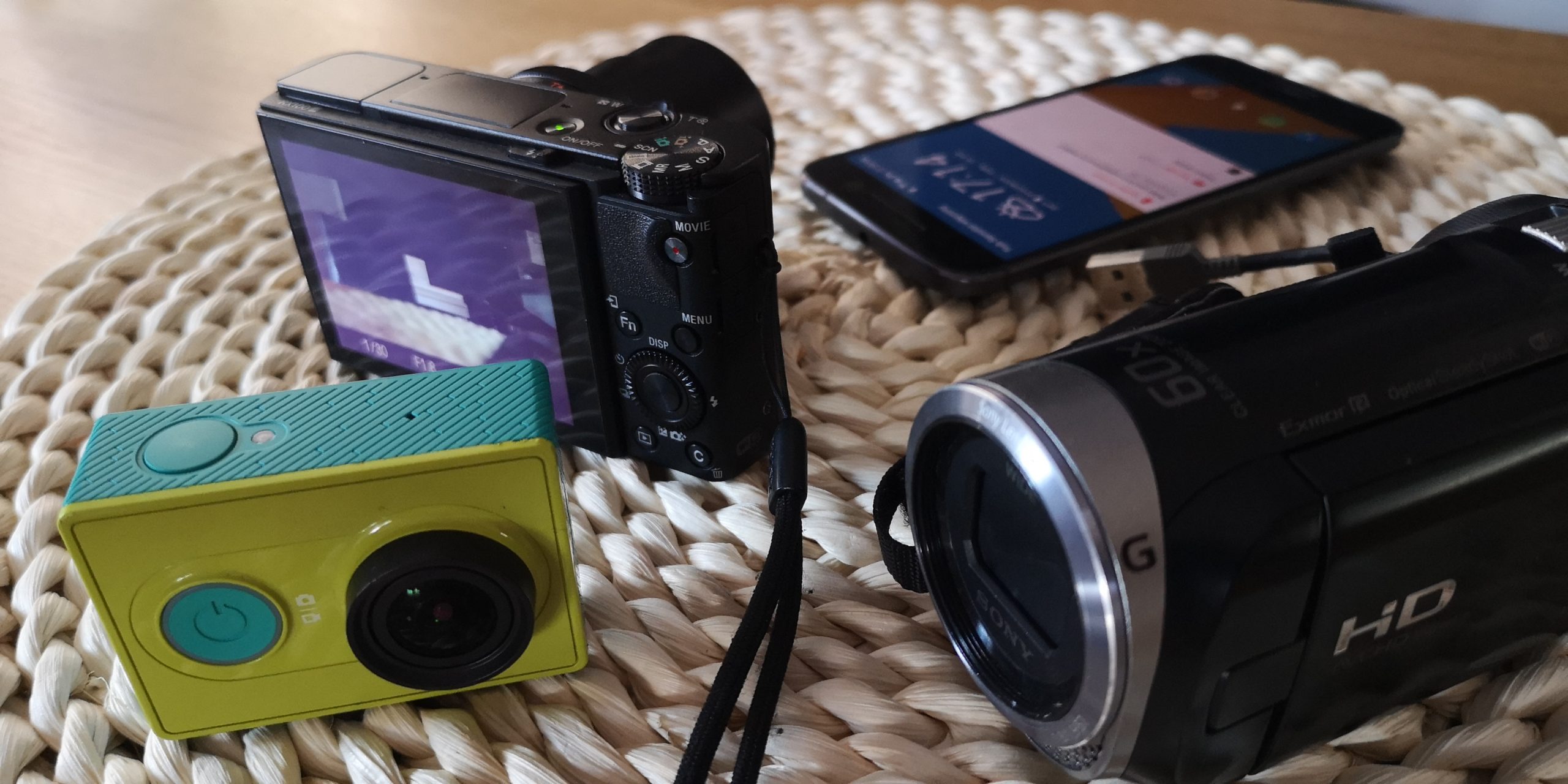
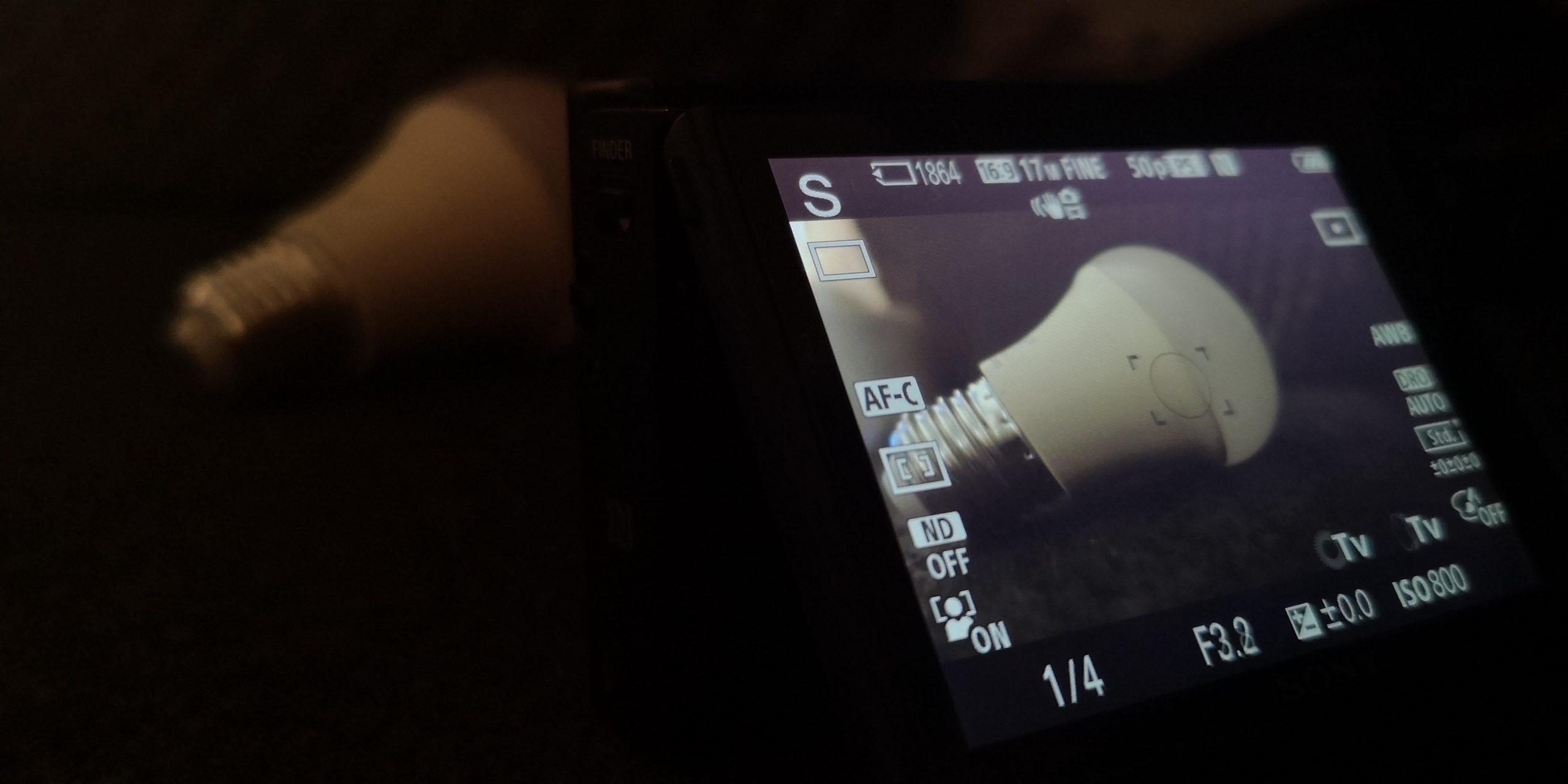
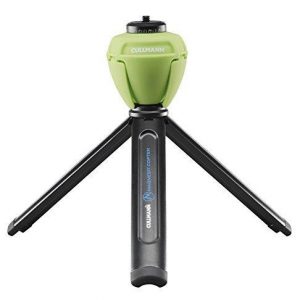
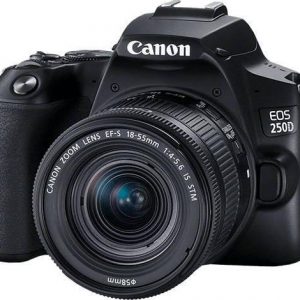
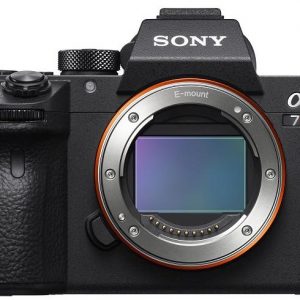
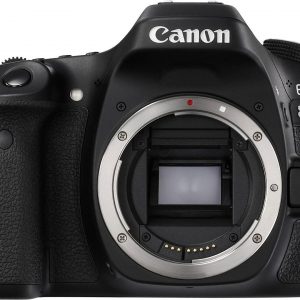

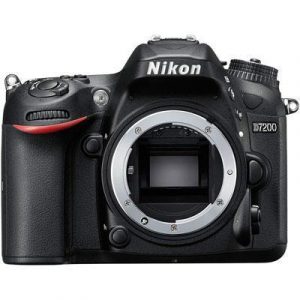

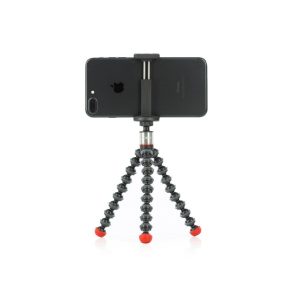
Bobbie –
The camera is easy to use, very well made, takes very nice pictures, especially outside.
Peter Cant –
Great camera with small dimensions, perfect for travel. The retro look gives it style which makes it striking. The camera is ideal for beginners and professional photographers. I would recommend.
Raelynn Garrison –
As a professional photographer, I am constantly on the lookout for the best camera that can capture stunning and high-quality images. After using the Fujifilm X-T30, I can confidently say that it is a top-of-the-line camera that I will recommend to anyone.
One thing that immediately caught my attention about the Fujifilm X-T30 is its impressive CMOS sensor type. This allows for excellent picture quality, even in low-light conditions. As a result, I was able to take sharp and clear images without having to worry about noise or blur. The camera also has an autofocus system that is fast and accurate, which makes it easy for me to capture moving subjects.
Another feature that I love about the Fujifilm X-T30 is its 3.0 display size. This makes it easy for me to see and edit my photos right on the camera. I can easily view the images that I’ve taken and adjust the settings if necessary. Plus, the touchscreen interface is user-friendly, so I can navigate through the settings without any hassle.
Compared to other digital cameras that I have used in the past, the Fujifilm X-T30 stands out in terms of its performance, features, and overall quality. It is an excellent investment for anyone who wants to take their photography to the next level. If you’re in the market for a new camera, I highly recommend the Fujifilm X-T30. It is a 5-star camera that will not disappoint.
Josie –
I recently purchased the Fujifilm X-T30 in September and I’m blown away by its amazing features. The Rechargeable Lithium-Ion Battery Type provides a long battery life, allowing me to take countless shots without worrying about the battery running out.
The 1040000 pixels Display Resolution makes it easy to capture detailed and vibrant images with ease, and the camera’s autofocus and image stabilization capabilities ensure that each shot is tack sharp and clear.
In comparison to other digital cameras on the market, I find the X-T30 to be one of the most user-friendly and intuitive cameras I’ve ever used. Its compact size makes it perfect for carrying around all day, and its durability means I don’t have to be too precious with it.
The delivery of the camera to Los Angeles was quick and hassle-free, and I appreciate the effort Fujifilm put in to ensure that my order was delivered to me as quickly as possible.
Overall, I would highly recommend the Fujifilm X-T30 to anyone looking for a top-tier digital camera that’s easy to use, compact, and delivers stunning image quality. 5 stars!
Jayden Parks –
My purchase of the FujiFilm X-T30 was inspired by a Men’s Journal feature where I learned to love brown butter and chestnut gnocchi, but that’s not all! After placing my order at 706 Idylwyld Dr N, Saskatoon, SK S7L 0Z2, Canada, the package arrived in record time. I was delighted to find the general manager of Fuji Film Canada had included a personal note congratulating me on my purchase and offering assistance if needed.
The X-T30 is perfect for both amateur and professional photographers alike. The product name itself, X-T30, stands out as it represents a step up from Fuji’s previous models while retaining the compact size and ease of use that have made them so popular. This camera offers exceptional image quality, fast autofocus, and smooth 4K video recording capabilities.
In terms of design, it features a sleek yet durable body with weather-resistant construction, making it suitable for outdoor shoots or travel photography. One funny story about the X-T30 is that I once took it to a wedding reception and used it to capture candid shots during dinner – much to the surprise of my friends who thought I was just enjoying my meal!
Overall, I highly recommend the FujiFilm X-T30 for anyone looking for a versatile camera that delivers professional results without breaking the bank. It’s user-friendly enough for beginners but offers advanced features that will satisfy even seasoned photographers. Plus, who wouldn’t want to receive an encouraging message from a general manager?
Adelynn Cooley –
I can empathize with the common problem that many people face. The issue is often related to connectivity and compatibility issues between the camera and computer or other devices. However, after purchasing my new Fujifilm X-T30, courtesy of my dear friend Faith Monroe, I am happy to report that the setup process was a breeze.
The first thing I noticed about the X-T30 is how intuitive and user-friendly it is. The interface is straightforward and easy to navigate, even for someone like myself who is not particularly tech-savvy when it comes to cameras. The camera also comes with a variety of helpful tutorial modes that are great for beginners or those looking to improve their photography skills.
One feature that I particularly appreciate is the X-T30’s compatibility with Fujifilm’s wireless remote, which allows me to control and shoot from my smartphone or tablet. This is especially convenient when I am shooting in tight spaces or want to be behind the camera without physically touching it.
Another standout feature of the X-T30 is its high-quality image sensor, which delivers stunningly clear and vibrant photos. The camera also boasts excellent low-light performance, making it a great choice for those who often shoot in less than ideal lighting conditions.
In terms of connectivity and compatibility, I have had no issues connecting the X-T30 to my computer or other devices via USB or Wi-Fi. This has made transferring files and editing images a breeze, saving me valuable time and effort.
Overall, I am incredibly impressed with the Fujifilm X-T30 and would highly recommend it to both amateur and professional photographers alike. Whether you’re just starting out or are an experienced pro, this camera has something to offer everyone.
As for today’s news, there has been a lot of buzz in the crypto world regarding Bitcoin’s recent surge in value. According to reports, Bitcoin has surpassed $65,000 and some experts predict that it could potentially reach $71,500 in the near future due to increasing demand and open interest spikes among futures traders. This news is certainly exciting for those invested in cryptocurrency, but it remains to be seen how political uncertainty will impact the market moving forward.
Regardless of the current economic situation in Ketchikan or elsewhere, I am confident that the Fujifilm X-T30 will continue to deliver outstanding performance and reliability for years to come. Whether you’re capturing stunning landscapes or intimate portraits, this camera is sure to exceed your expectations and help you take your photography skills to the next level.
In terms of lenses, it’s worth mentioning that the X-T30 comes in a body-only configuration, meaning that you will need to purchase additional lenses separately depending on your specific needs and preferences. However, Fujifilm offers a wide range of high-quality lenses that are compatible with the X-T30, so you should have no trouble finding the right lens for your next shoot.
In conclusion, I highly recommend the Fujifilm X-T30 to anyone in the market for a new digital camera. Its intuitive interface, user-friendly design, and exceptional image quality make it an outstanding choice for both amateur and professional photographers alike. Whether you’re shooting landscapes, portraits, or anything else, this camera is sure to help you capture stunning images that will impress and inspire. So why wait? Pick up your Fujifilm X-T30 today and start taking your photography skills to new heights!